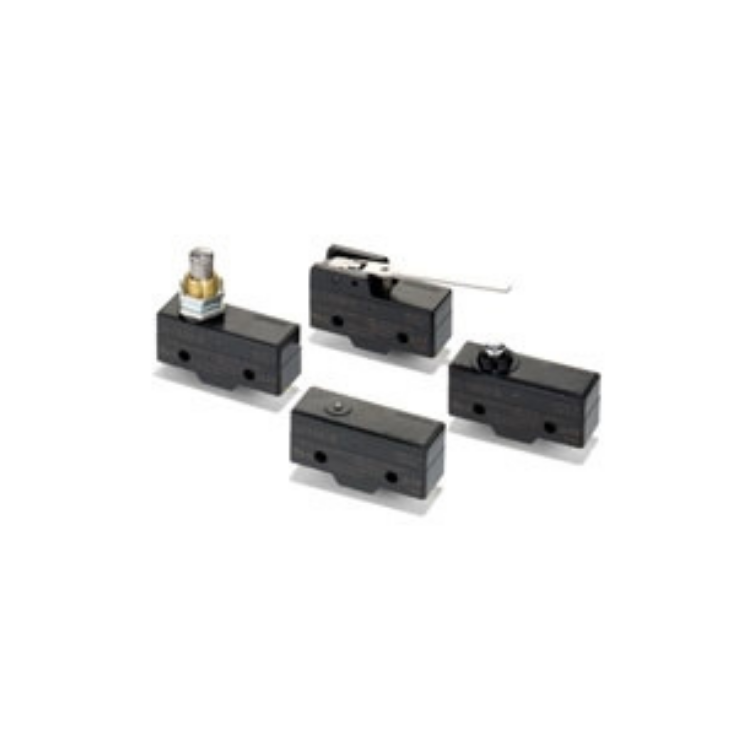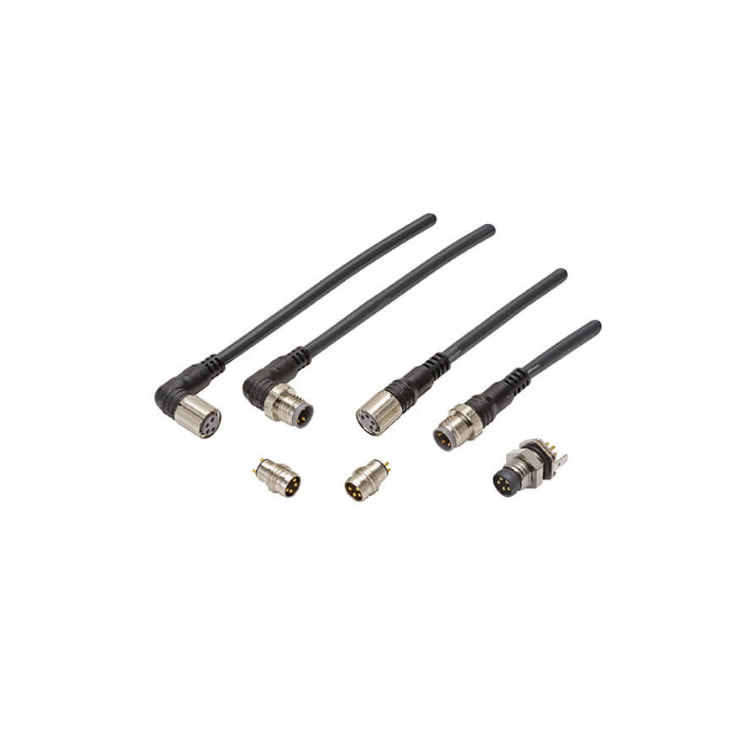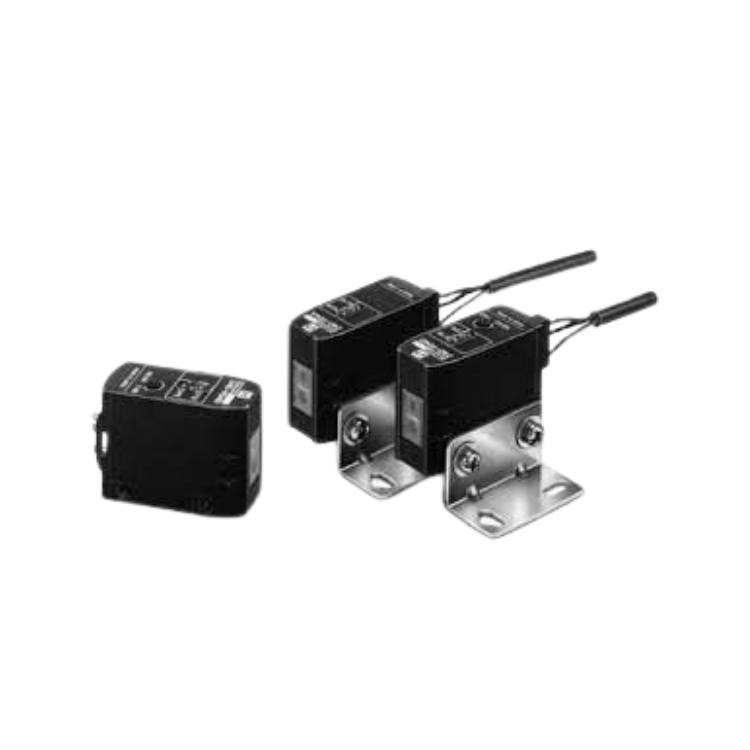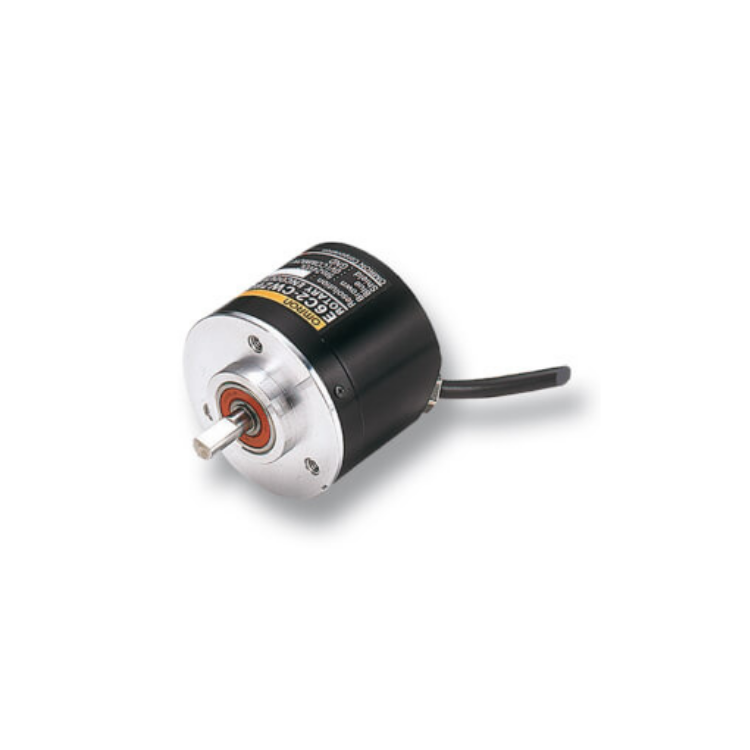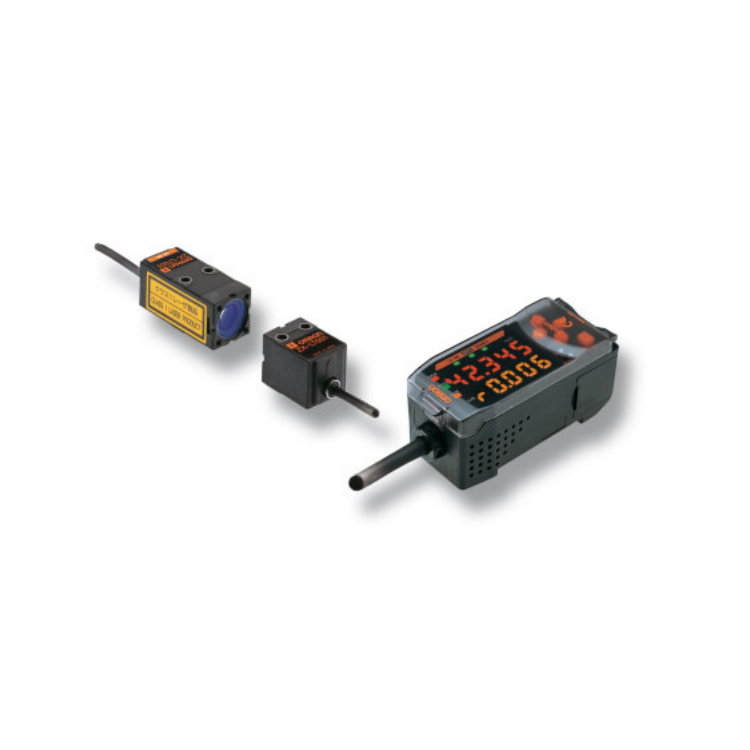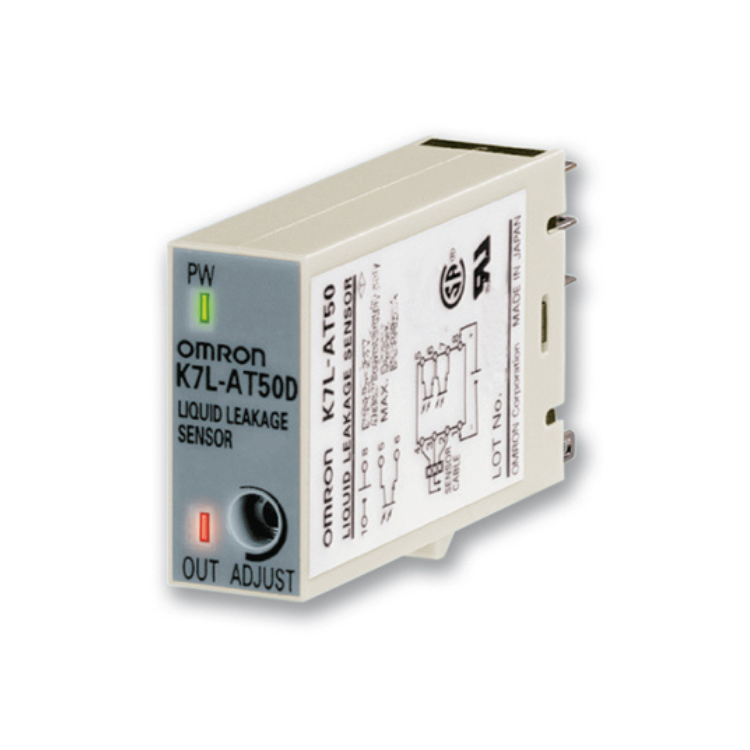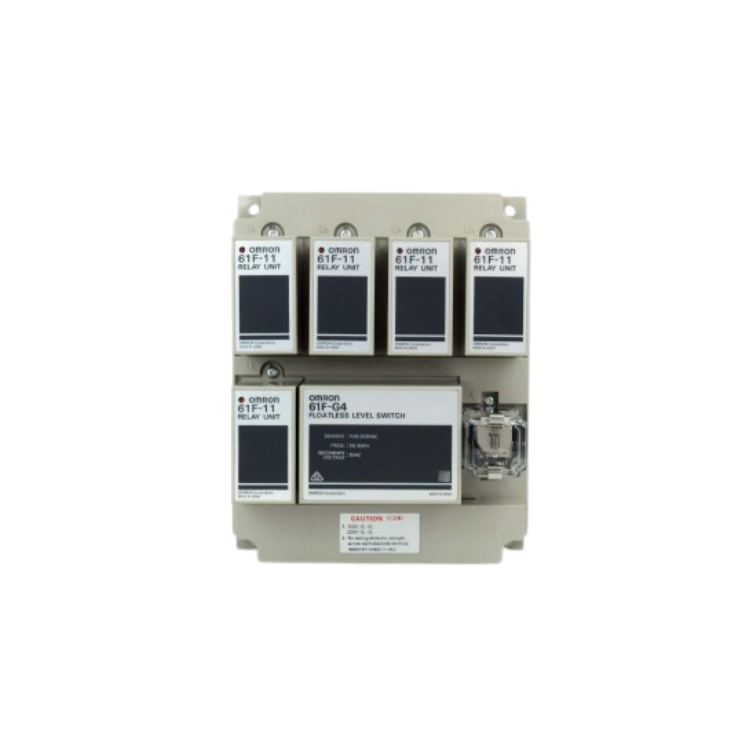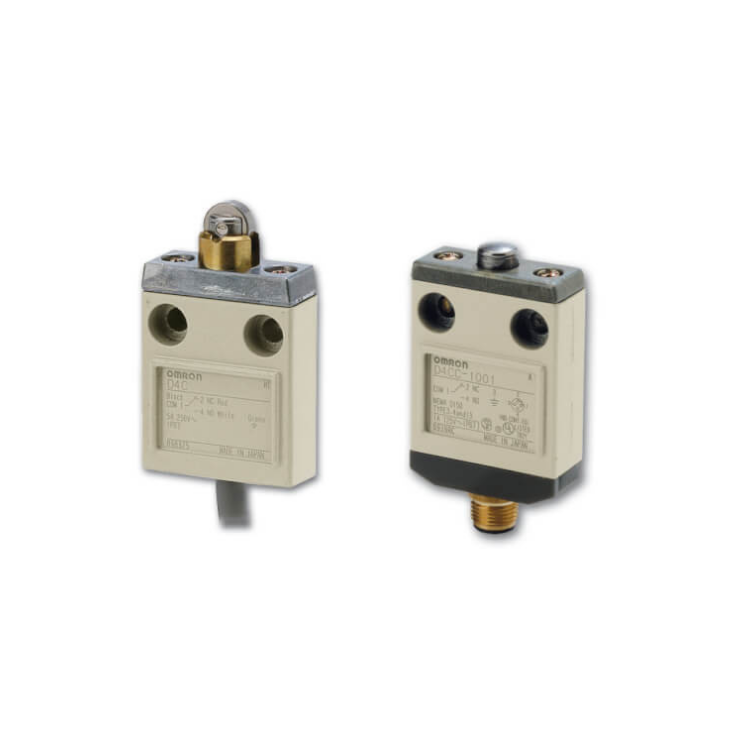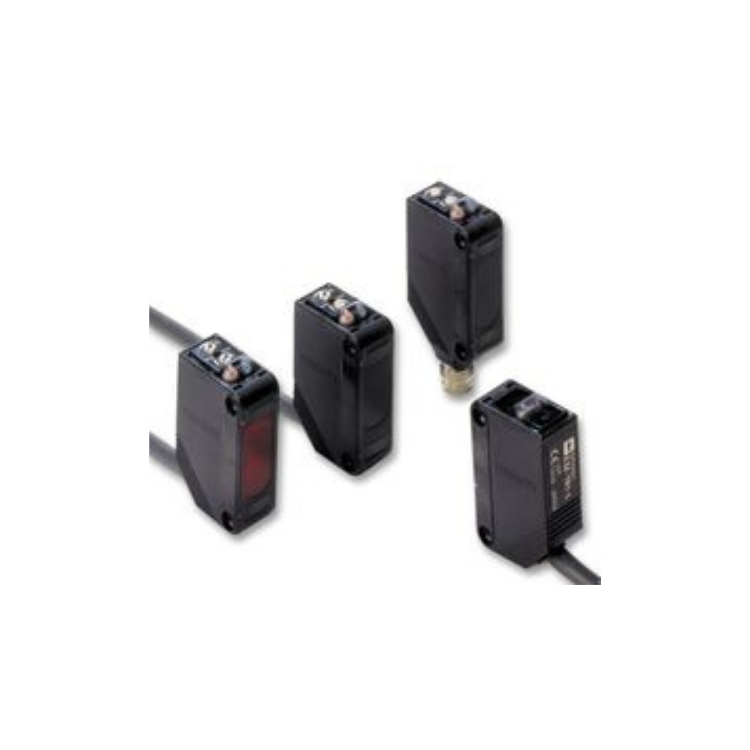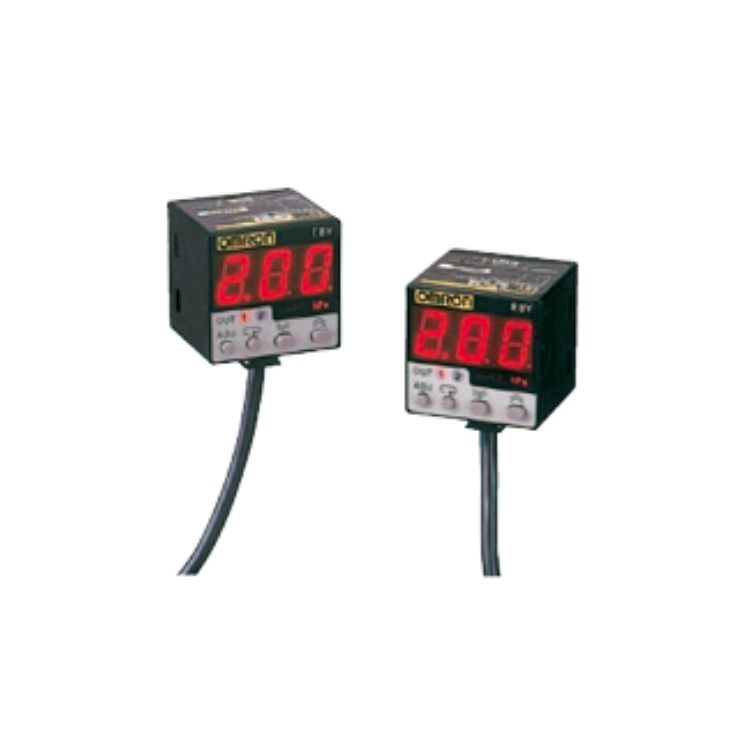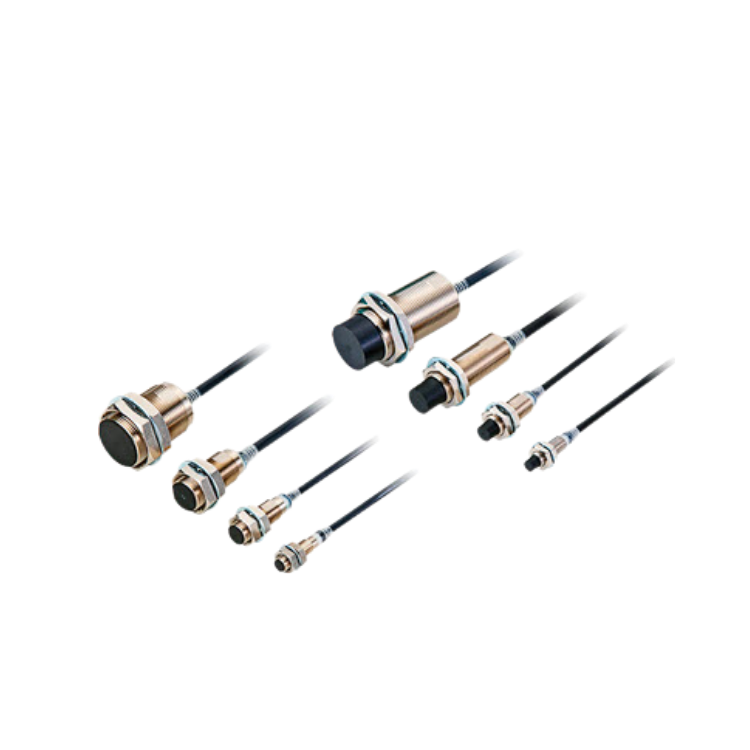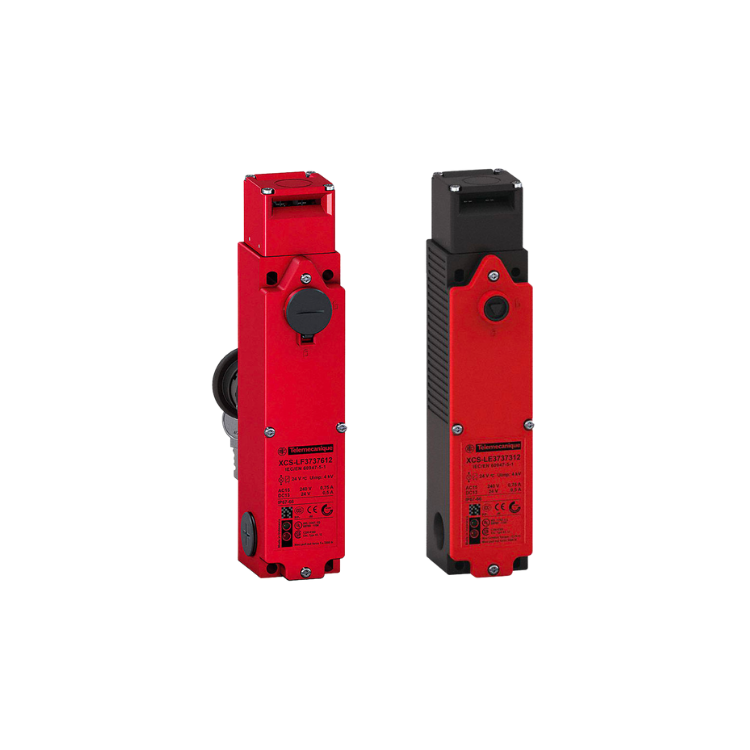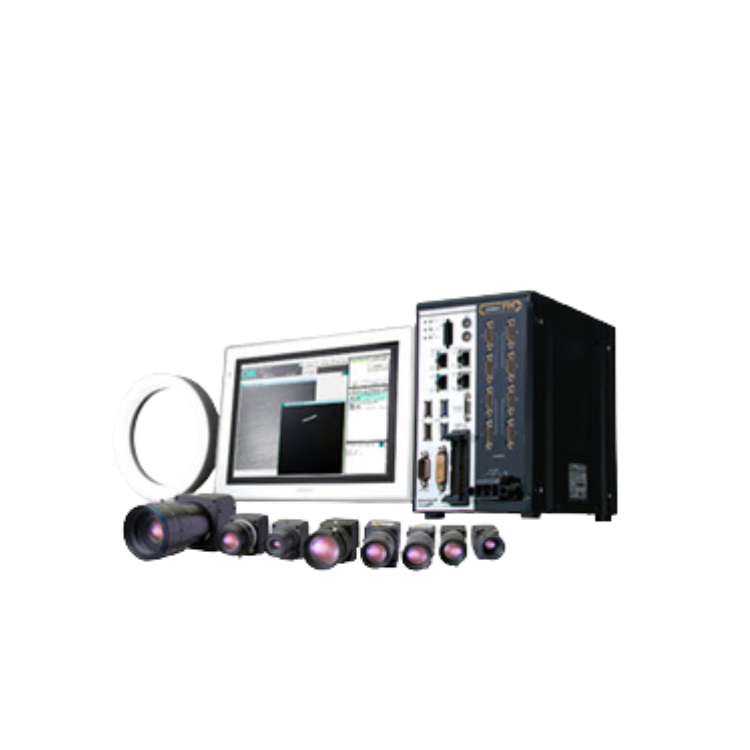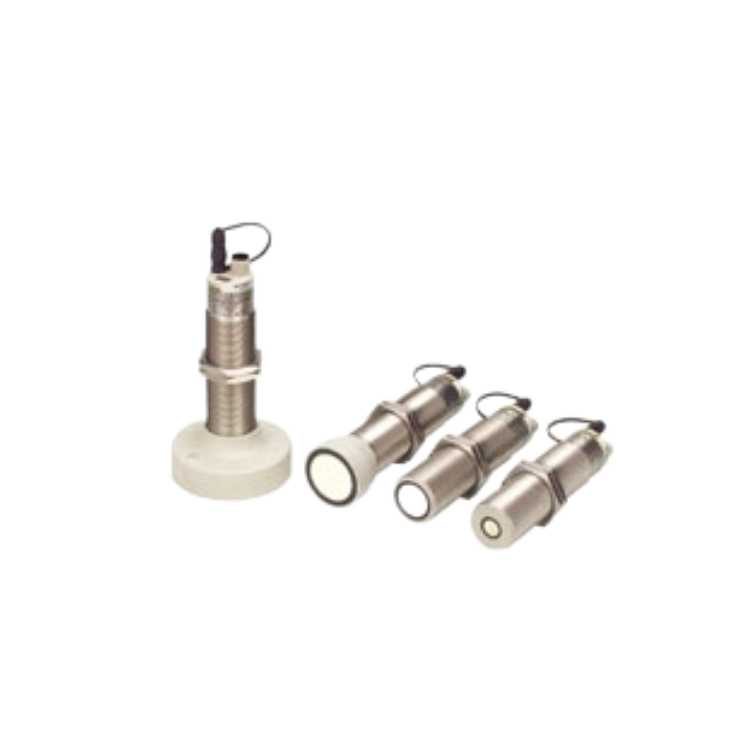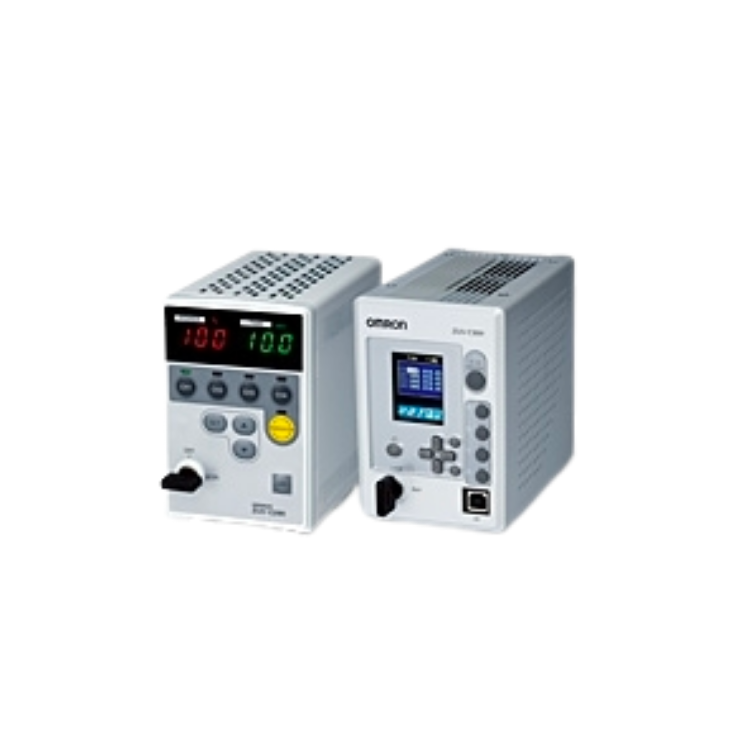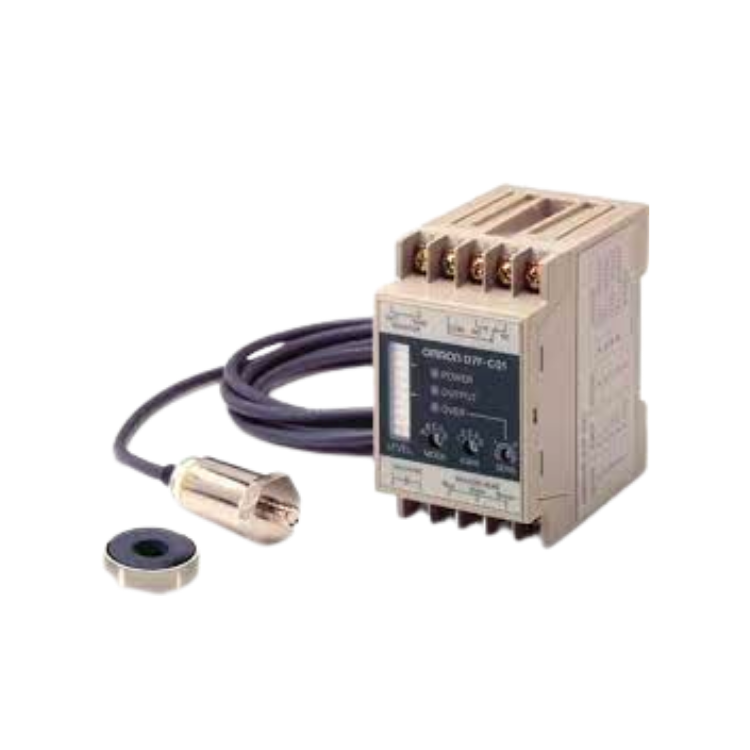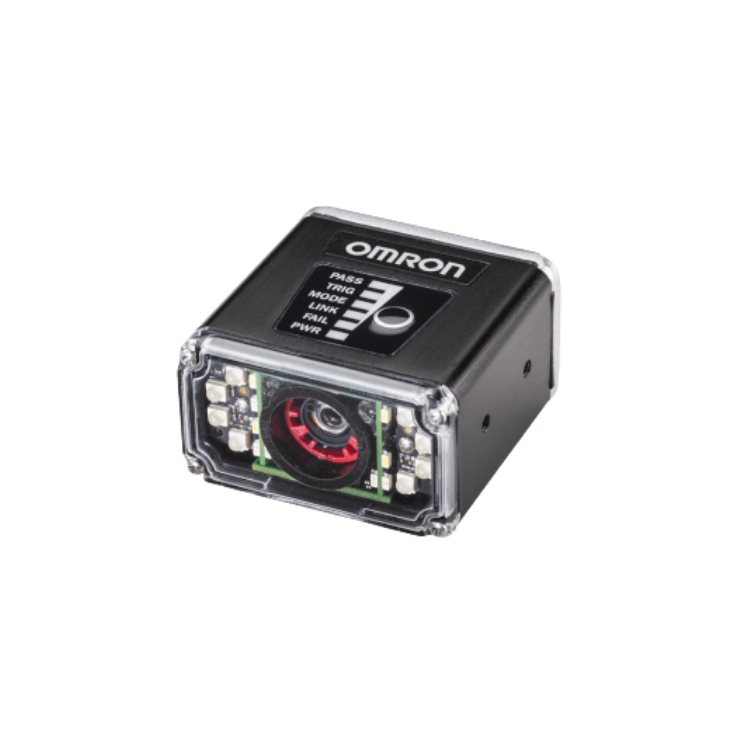
Sensors and RFID System
Sensors are sensing components that detect, measure, analyze, and process various changes that occur on production sites, such as changes in position, length, height, displacement, and appearance. They also contribute to predicting and preventing future events.
We offer extensions to the current product lines, including photoelectric sensors, proximity sensors, displacement sensors, level sensors, fiber-optic sensors, temperature sensors, and more. Additionally, we provide sensors that are robust in the harshest conditions so that you can keep running smoothly without any issues!
An RFID system makes it possible to read and write data without contact, using electromagnetic or electric waves. Information can be read irrespective of the quality or surface condition of the item to be read. The large communication area helps to achieve high reliability in communication. The implementation of the RFID System makes it possible to “unite items with their information”, which allows for the creation of a highly flexible and highly reliable system.
Leakage Sensor
Leakage sensors are devices used to detect the presence of liquid leaks or excessive moisture. They are designed to provide early warning of leaks in order to prevent damage caused by water or other liquid substances.
-
They consist of a sensing element or probe that triggers an electrical signal or an alarm when it comes into contact with moisture or liquid.
-
Leakage sensors allow for timely intervention and mitigation measures, such as shutting off water supply valves or alerting maintenance personnel.
-
They play a crucial role in protecting against water damage, minimizing risks, and preventing costly repairs and downtime associated with leaks.
Photoelectric Sensor
Photoelectric sensor is a type of sensing device that uses light to detect the presence or absence of an object.
-
Sensing Modes: Photoelectric sensors offer various sensing modes, including through-beam, retroreflective, and diffuse. Through-beam sensors consist of a separate transmitter and receiver units placed opposite each other, with the object interrupting the beam. Retroreflective sensors use a reflector to bounce the beam back to the receiver, while diffuse sensors use the object itself to reflect the beam.
-
Object Detection: Photoelectric sensors can detect a wide range of objects, including solid objects, liquids, and even transparent materials. They can detect objects regardless of colour, texture, or shape, making them versatile for different applications.
-
Photoelectric sensors allows non-contact operation, high-speed detection, long sensing ranges, immunity to environmental factors like dust or temperature, and reliability in harsh conditions. They are also easy to install and integrate into different systems.
In summary, photoelectric sensors are light-based sensing devices that detect the presence or absence of objects. They provide versatile object detection capabilities, distance sensing, and output signals that find applications in various industrial and automation settings.
Pressure Sensor
Pressure sensors are devices used to measure and monitor the pressure of gases or liquids in different applications.
-
Function: Pressure sensors convert the applied pressure into an electrical signal, providing a quantitative measurement of the pressure. They typically consist of a sensing element that deforms under pressure and generates an output signal proportional to the applied pressure.
-
Types: Pressure sensors come in various types, including absolute, gauge, differential, and vacuum pressure sensors. Absolute pressure sensors measure the pressure relative to a perfect vacuum, gauge pressure sensors measure the pressure relative to atmospheric pressure, differential pressure sensors measure the difference in pressure between two points, and vacuum pressure sensors specifically measure pressures below atmospheric pressure.
-
Applications: Pressure sensors find application in numerous industries and systems. They are used in automotive systems for tire pressure monitoring, in industrial processes for pressure control and monitoring, in HVAC systems for air and gas pressure measurements, in medical devices for patient monitoring, and in aerospace for altitude and cabin pressure monitoring, among many other applications.
-
Output and Communication: Pressure sensors provide output signals in various formats, such as analog voltage, current, frequency, or digital signals. They can be integrated with data acquisition systems, microcontrollers, or PLCs, enabling communication and data analysis for process control or system monitoring.
-
Pressure sensors offer advantages such as real-time measurement, high accuracy, fast response time, wide pressure range options, and compatibility with different media. They contribute to improved system performance, efficiency, safety, and maintenance by providing essential pressure information.
In summary, pressure sensors are vital devices that measure and monitor pressure in gases or liquids. They come in different types and sensing technologies, find application across multiple industries, provide various output signals, and offer benefits in terms of accuracy, range, and compatibility.
Proximity Sensor
Proximity sensors are devices that detect the presence or absence of an object within a specific range without physical contact.
-
Function: Proximity sensors use various technologies, such as infrared, capacitive, inductive, or ultrasonic, to detect the presence of objects within their detection range.
-
Operation: When an object enters the proximity sensor's range, it disturbs the sensor's field or beam, resulting in a change in the sensor's output signal. This signal change indicates the presence of the object.
-
Contactless Detection: Proximity sensors offer non-contact detection, eliminating the need for physical interaction with the target object. This feature reduces wear and tear, enhances reliability, and enables applications in harsh or dirty environments.
-
Proximity sensors offer benefits like fast response times, high reliability, immunity to environmental factors (such as temperature, humidity, and dust), long service life, and versatility in detecting various types of objects.
In summary, proximity sensors are contactless devices that detect the presence or absence of objects within a specific range. They find applications in diverse industries and provide reliable, non-contact detection with different sensing technologies and output types.
